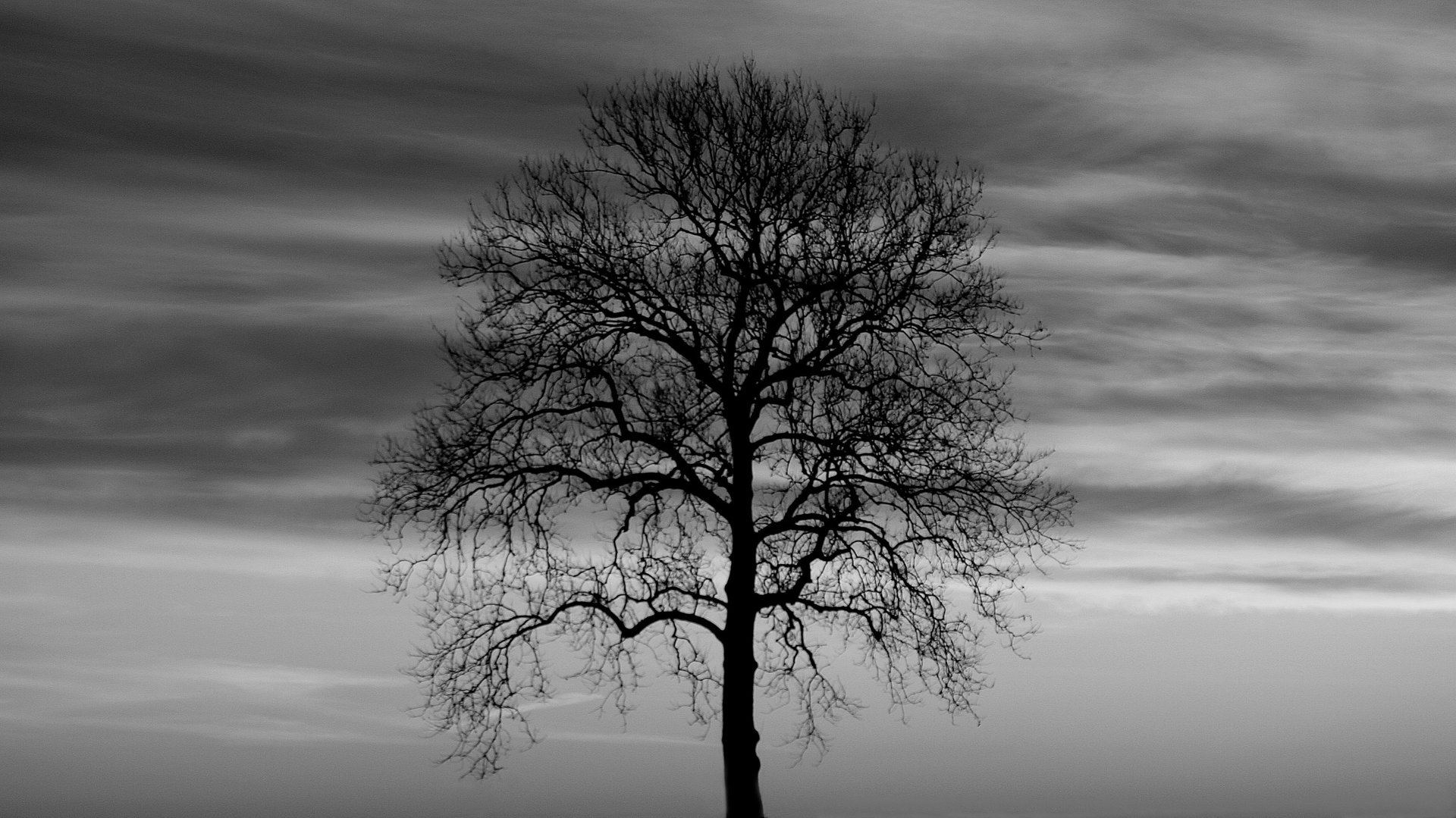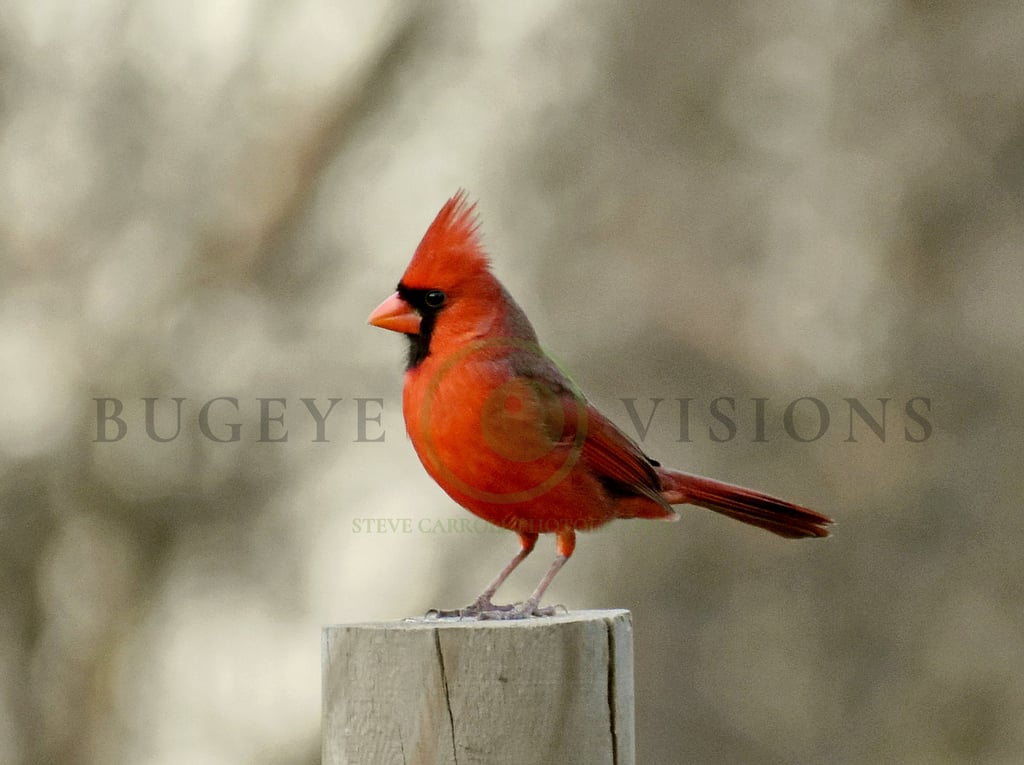
Cardinalis Cardinalis
The male model for March 2024
BIRDSPORTRAITCARDINAL
The male model for March 2024 comes to us from Cardinalis Cardinalis.


I wonder if the scientist responsible for naming this North American songbird really wanted you to call him something specific? If he named him "Cardinalis Cardinalis", could we call him anything else? Dressed in his red plumage and sporting a crest, he surely resembles the Catholic Cardinals in their formal attire. It is even acceptable to call a flock of these beautiful birds a "college" or "vatican". The male sports the familiar bright red plumage we are familiar with. The female is just as beautiful but in a more subtle way. Her plumage is colored with soft browns and roses. Easily recognizable, the male Cardinal is a favorite of artists when creating pastoral winter scenes. These little birds have become such a part of our culture that schools, organizations, and all levels of sporting groups have used "Cardinal" as their group identity.
Cardinals happen to be one of the more vocal songbirds as well. Both the male and female Cardinal sing, which is kind of on the rare side. Courtship requires that, among other things, the two partners sing a duet to each other. After mating, the female sits and incubates their eggs. While sitting on the nest, she will sing songs to her mate to tell him of her status. This tells him to come and feed her or to stay away if his bright plumage would cause attention to their nesting site.
One interesting note about the Cardinal is that it has increased it's territory northward over the last one hundred years. They favor brush and bushes as nesting sites. Through human land development, we have been giving Cardinals (and Blue Jays) more area for them to nest. Plus the fact that they absolutely love sunflower seeds. With sunflower seeds readily available throughout the year because of backyard feeders, this has led to the expansion of their territory as well.
This month's model is perched on top of a Bluebird box pole. This pole was located on the outskirts of the Magnolia tree to bird feeder "highway", in our backyard. Many birds would stop and perch on top of this pole on their way to the feeder, which is exactly what my model was doing. Bluebirds, chickadees, and a House Sparrow were showing interest in using this as a nesting site earlier in January of this year. Unfortunately, we had to take this pole down until later this spring. Old homes come with old problems, and our old septic system has failed and needs to be replaced. While I am sad that plants and trees will need to be displaced/moved/removed, I am looking forward to having an open canvas once again. Thinking and planning has been started as to how to layout the backyard to make it one large pollinator garden. And of course, I can't wait to put the Bluebird boxes back up. I am really missing the opportunity to take portraits like I had when the pole was there. And of course, I am also missing the Bluebirds too.

